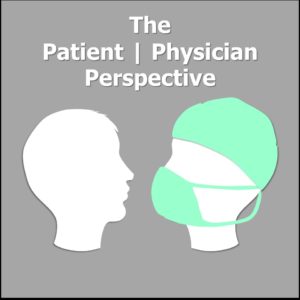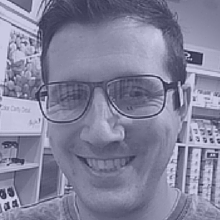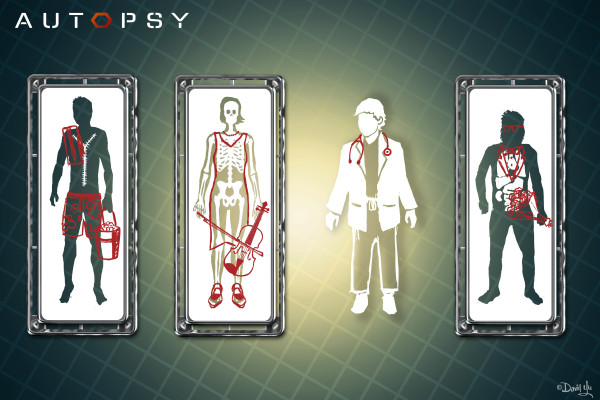The Patient | Physician Perspective: An Introduction
In this column, I hope to explore various qualities of a physician that we learn through medical school experiences — whether it be through class, shadowing, research, or even interacting with peers — but also to introduce a patient’s perspective in each case. Midway through my junior year of college, I was diagnosed with Cushing’s disease, a rare endocrine disorder that affected every aspect of my life. Throughout the next year and a half, I lived as a patient of my disease, while simultaneously trying to hold onto my plans and aspirations of becoming a physician.



